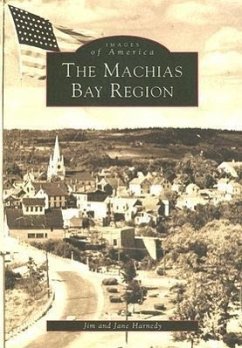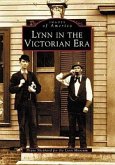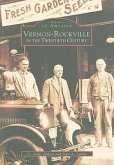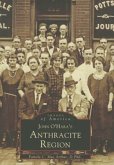The Machias Bay Region has a rich multicultural heritage. For eons, Native Americans of various tribes journeyed to the shores of the Machias River each September for an annual gathering. The earliest European visitors to the region may have been Norsemen in the eleventh century. The French set up a trading post in 1605-1606 and the Pilgrims established an ill-fated trading post in 1733. Another early Machias settler was the infamous pirate Captain Samuel Bellamey. In 1763, Machias was successfully settled by a group of pioneers from Scarborough, who found in Machias an abundance of marsh hay, extensive forests, and a sheltered harbor. These brave pioneers later became American patriots when they fought and won the first naval engagement of the Revolutionary War on June 12, 1775. This wonderful photographic history captures how much, and yet how little has changed over the years. These photographs chronicle not only the rich historical traditions of the area but also the shared sense of life's unbroken continuity in the towns of the Machias Bay Region: Cutler, East Machias, Jonesboro, Machias, Machiasport, Marshfield, Whiting, and Whitneyville. The book features old vessels docking for shipments of lumber, fishermen plying the waters for a catch, lumberjacks running logs, horses hauling timber through the snow, the Cross Island lifesaving station, women doing their wash at Schooner Brook, cattle contributing to the workforce, and folks raking blueberries, and tipping balsam branches and making wreaths. The legacy of our churches, schools, general stores, and county buildings are featured, as well as school sports teams. Photographs of our communities and people at both work and play depict an artistry of another era and a glimpse into the way life was.








